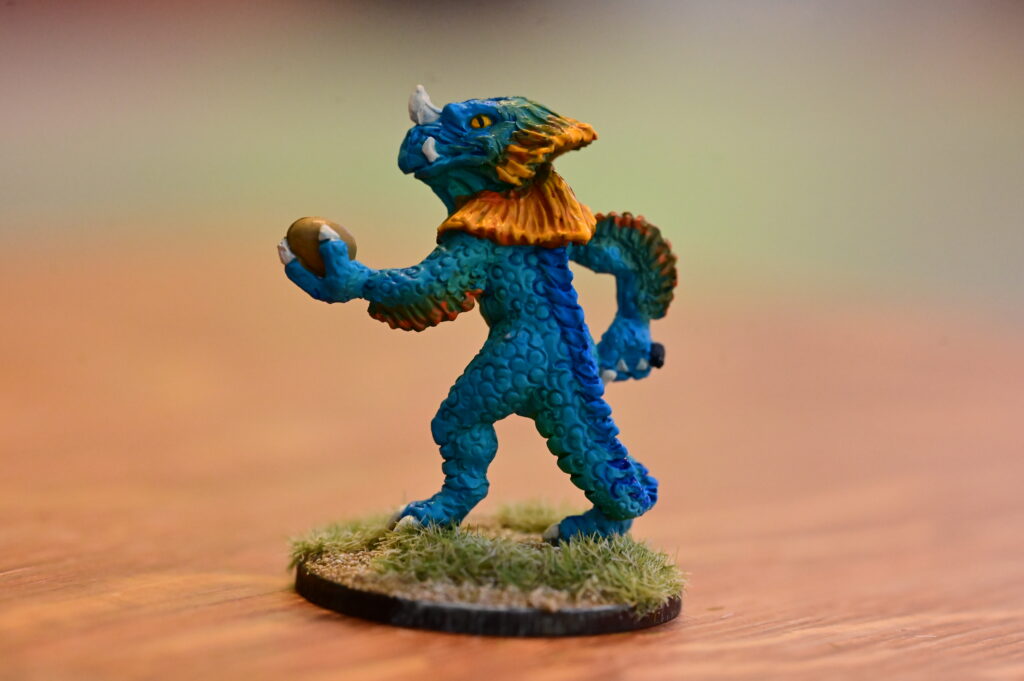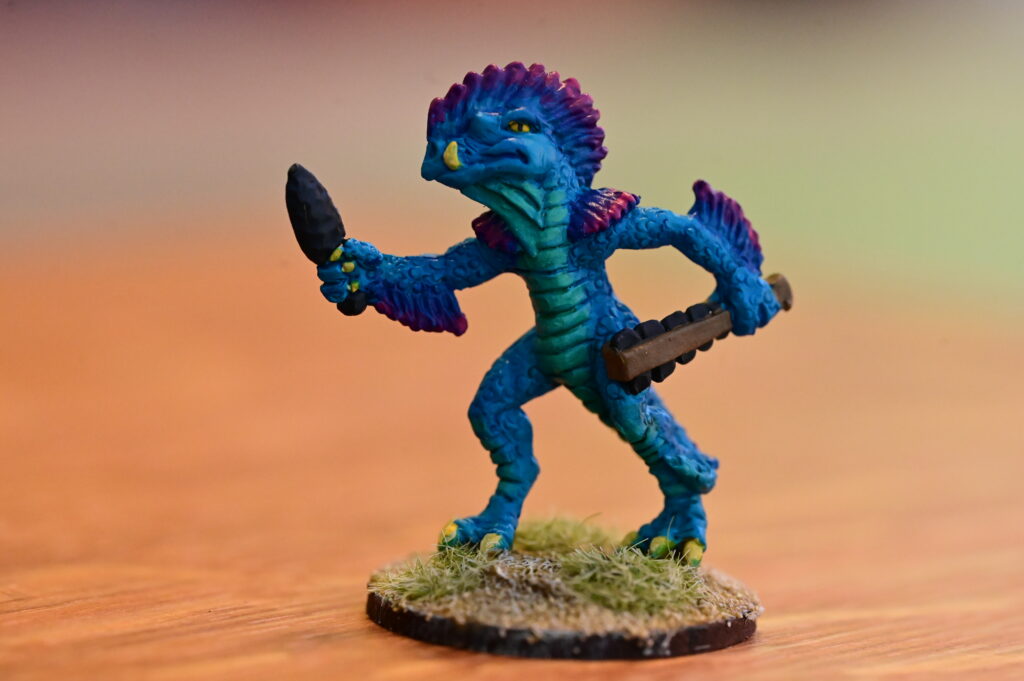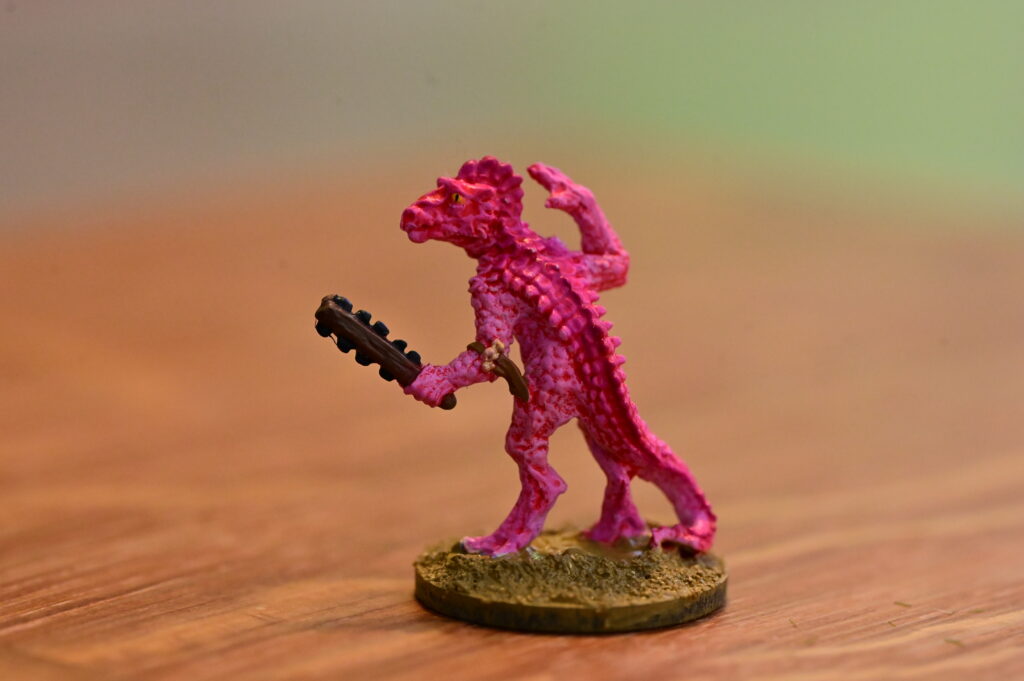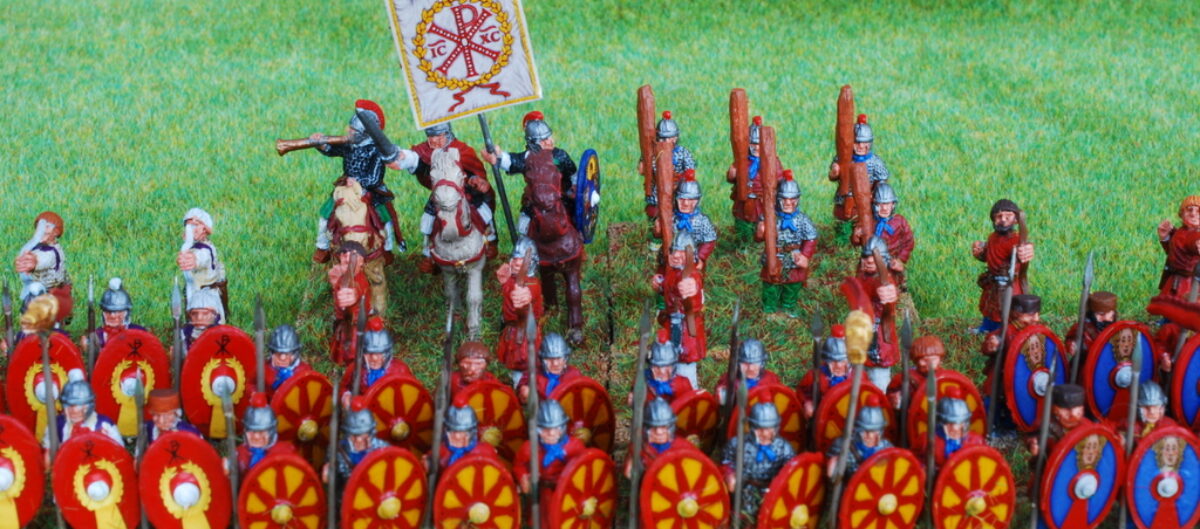I’ve spent a lot of the last 6 months painting up some Polybian Romans in 15mm – photos of them will come in due course, but there comes a point where there are only so many Roman legionaries that I can paint. At the same time as I was reaching terminal boredom painting the legionaries, I also started thinking about doing a Runequest RPG campaign for the first time in about a decade – inspired by the new RuneQuest Glorantha rules that I picked up in the Autumn. I haven’t read them yet, so can’t really comment on how they play, but the seem pleasantly close to RQ2, and I love the way that they have used Rune affinities to copy the personality traits from Pendragon in a very RQ way.
One of the problems that I had last time playing Runequest was that most of my players, who are not really into reading up backrounds (or even paying attention during sessions sometimes) never really got their heads into Glorantha – they just sorta assumed it was another generic high fantasy world, and then got all confused when their assumptions about it clashed with ‘reality’ – what do you mean I can’t buy a horse in Prax?
So one of the things that I want to do before I start another campaign is to have a bunch of proper miniatures, because miniatures really help players understand what things look like, and everything in Glorantha looks different to what you expect, or at least a lot of things do.
I did a quick search on the internet, and discovered that there are new Glorantha miniatures being produced – more on them in a future post. But in the meantime I had a box of miniatures somewhere that I had picked up ages ago, a lot of which I hadn’t every painted. So I hauled them out and started painting them as a way of saving my sanity from painting more bl**dy Roman legionaries (1d6 SAN loss).
So the first set off the painting table are some dragonewts, which some kind soul gave me twenty or more years ago, when he heard I was playing Runequest. I can’t remember who my kind benefactor was, and I never painted them because the players never encountered any, but here, at long last, is my attempt at painting up some Lance and Laser dragonewts.

I have tried to make them as wierd and otherworldly as possible, in order to emphasise how strange they are.

I tried to make the older looking ones (i.e. with more crests and frills) more colourful and exotic.




















